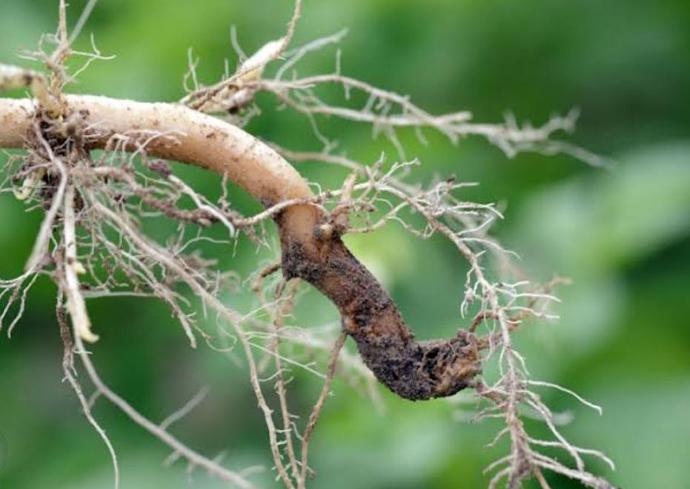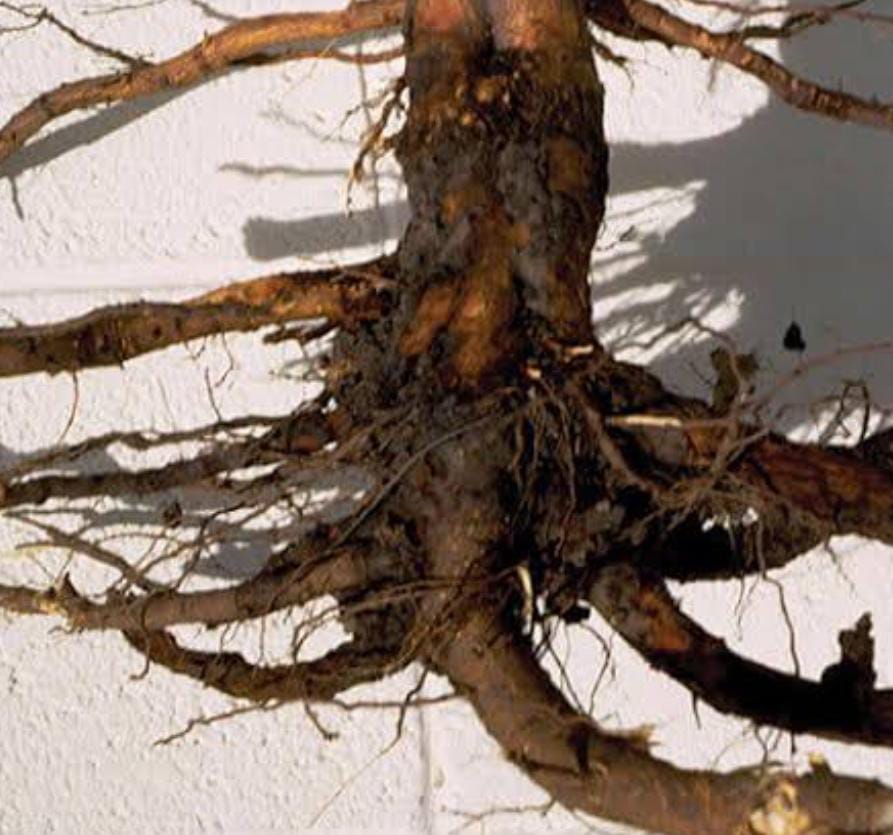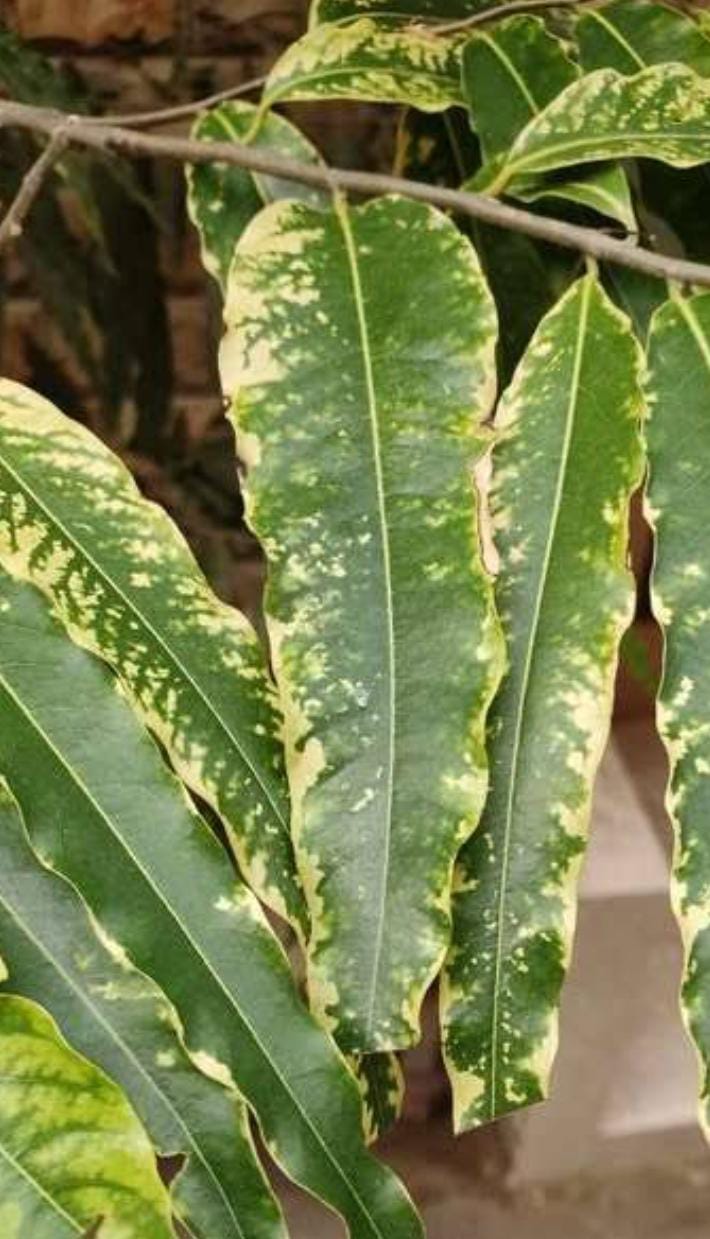Ashoka Plant
Ashoka Trees, with moderate growth, prefer well-drained soil and full sun to partial shade. Hardy in zones 10-12, Ashoka Trees are admired for their graceful appearance and are often planted for their cultural significance.
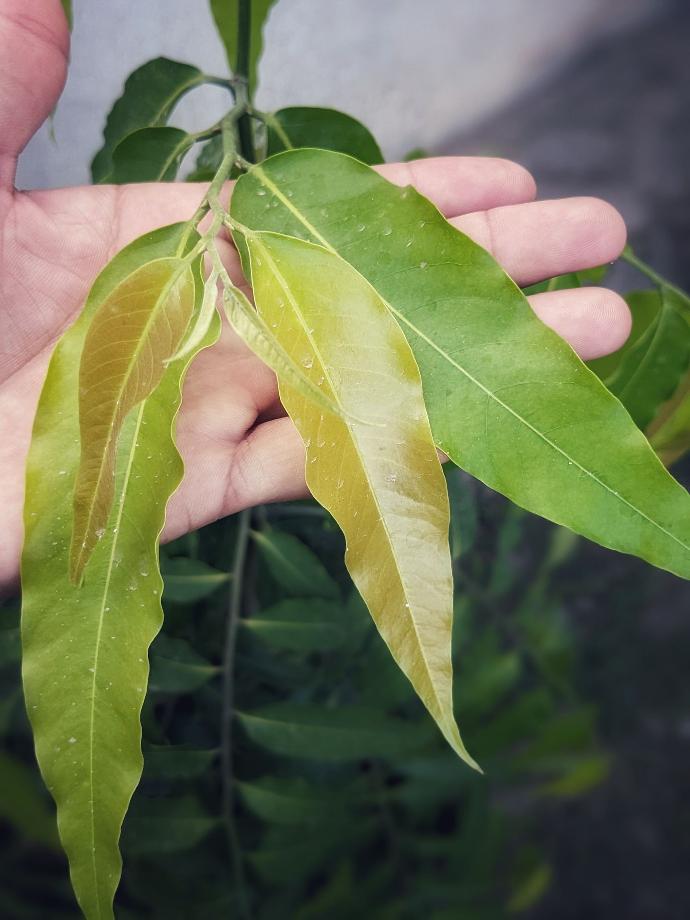
Habit
Tree
Height
6-9 m
Growth
Moderate
Soil
Well-drained fertile soil
Shade
Full Sun to Partial Shade
Moisture
Moderate
Edible
No
Medicinal
Yes
Origin
Indian Subcontinent
Climatic Condition
Tropical
Temperature (°)
20-30°C
Humidity (%)
70-90%
Potting media
Garden soil
Fertilizers
Organic compost
Watering
Regular watering; prefers moist conditions
Plant Weight
5-10 kg
Flowering Time
Spring
Soil Ph level
6.0 - 7.5
Water Ph level
6.0 - 7.0
Soil EC
Medium
Yield Per Plant
Ornamental use
NPK ratio
10:10:10
life Span
Perennial
Health Benefits
Sacred in India; used in traditional medicine for gynecological disorders.
Suggested Grow Media or Potting Mix ?
60% loam, 20% sand, 20% compost
Suggested Fertigation/Fertilizers
Fertilize every 4-6 weeks with a balanced, slow-release fertilizer.
Common Diseases and Remedies
Die back , Root Rot
Wilting of Leaves , Reduced Leaf size
NSKE , Mulching .
HEALTH BENEFITS
1. Women’s Health
- Regulates Menstrual Cycle – Ashoka bark is known to help manage heavy periods, irregular cycles, and painful cramps.
- Reduces PCOS Symptoms – It may help balance hormones and reduce ovarian cysts.
- Uterine Tonic – Strengthens the uterus and helps with reproductive health.
2. Skin & Hair Health
- Anti-aging & Glow – Rich in antioxidants, it helps reduce wrinkles and promotes healthy skin.
- Fights Acne – Its antimicrobial properties help clear skin infections.
- Reduces Hair Fall – Strengthens hair roots and prevents dandruff.
3. Heart & Circulatory Benefits
- Improves Blood Circulation – Helps purify blood and reduce toxins.
- Supports Heart Health – May help regulate blood pressure and cholesterol.
4. Mental Well-being
- Relieves Stress & Anxiety – Used in Ayurveda to calm the mind and improve sleep.
- Boosts Memory – May help enhance cognitive function.
5. Anti-inflammatory & Pain Relief
- Eases Joint Pain – Helps with arthritis and muscle pain.
- Heals Wounds – Its bark has healing properties for cuts and ulcers.
6. Digestive Health
- Aids Digestion – Helps with bloating, constipation, and acidity.
- Liver Detox – Supports liver function and detoxification.
7. Immunity & General Health
- Boosts Immunity – Rich in antioxidants, it helps fight infections.
- Fights Microbial Infections – Has antibacterial and antifungal properties.
What Is An Ashoka Tree?
Ashoka tree, scientifically known as Saraca asoca, is a small evergreen tree native to eastern India. It is known for its fragrant flowers and has cultural and religious significance in Hinduism and Buddhism. The tree is often planted in gardens and streets due to its ornamental value. The bark of the Ashoka tree is used in traditional medicine for its many medicinal properties and is also used in herbal preparations. Ashoka tree, scientifically known as Saraca asoca, is a small evergreen tree native to eastern India. It is known for its fragrant flowers and has cultural and religious significance in Hinduism and Buddhism. The tree is often planted in gardens and streets due to its ornamental value. The bark of the Ashoka tree is used in traditional medicine for its many medicinal properties and is also used in herbal preparations.
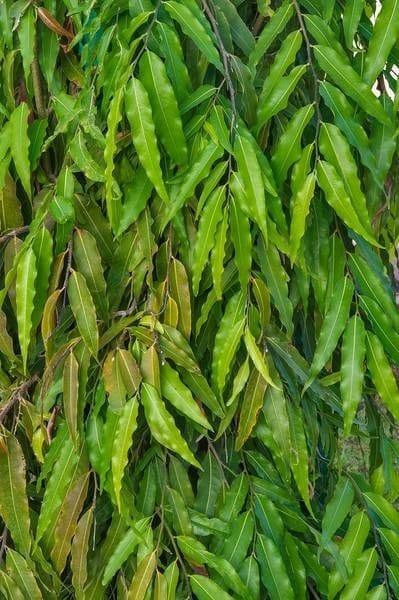
What Are The Different Types Of Ashoka Tree ?
1. Saraca asoca 'Alba'
Many varieties of this flower have white flowers instead of orange or pink flowers.
2. Saraca asoca 'Lutea'
The flowers of this species are yellow.
3. Saraca asoca 'Rubra'
This species has red or burgundy flowers.
4. Saraca asoca 'Variegata'
This variety has variegated leaves, meaning they have different colours.
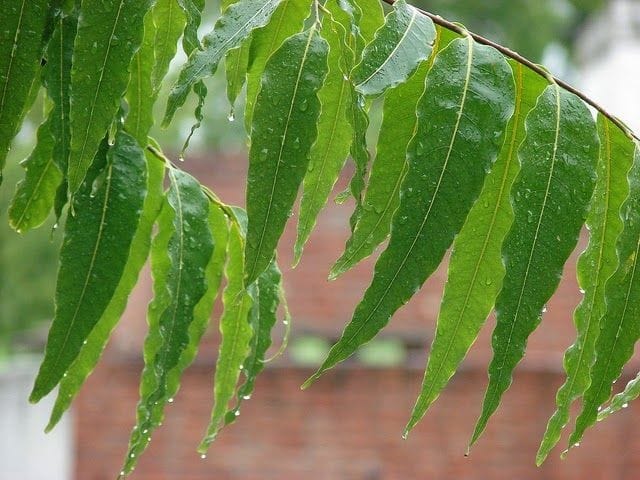
How to Care Ashoka Tree ?
1. Location
Ashoka tree, scientific name Saraca asoca, is native to the Indian subcontinent and is commonly found in India, Nepal and Sri Lanka. It is a tropical and subtropical tree that grows in hot and humid climates. When planting an Ashoka tree, it is important to consider its location and provide similar conditions such as good soil, full sun and regular watering. Also remember that the Ashoka tree can grow very large, so it needs to be given enough space to spread its branches.
2. Sunshine
Ashoka tree (Saraca asoca) generally thrives in full sun or partial shade. It likes places that receive at least 4-6 hours of direct sunlight a day. However, it can tolerate some shade, especially in hot weather, and will benefit from some protection from the strong afternoon sun. Generally speaking, placing your Ashoka tree in a location that receives full sunlight will help it grow and thrive.
3. Soil
Ashoka tree (Saraca asoca) prefers well-drained soil rich in organic matter. It can adapt to many soil types such as sand, loam and clay, as long as it has good drainage. However, it does not tolerate water or poor soil. To ensure good growth, you can amend the soil with organic matter such as compost or rotted manure to improve the soil structure and fertility. This will also help retain moisture in the soil, which is essential for the growth and development of the Ashoka tree. Additionally, maintaining a slightly acidic to neutral soil pH (about 6.0 to 7.5) is ideal for Ashoka trees. You can test your soil's pH and adjust as needed by using soil amendment or fertilizer.
4. Hydration
During the first year after planting, the Ashoka tree needs to be watered regularly to help it develop a strong root system. Water deeply but rarely, allowing the soil to dry out a bit from the water. This encourages roots to grow deeper into the soil. Once established, the Ashoka tree is more drought tolerant and can withstand dry periods. However, regular watering will still be beneficial, especially in hot and dry weather. Water deeply to encourage root growth.
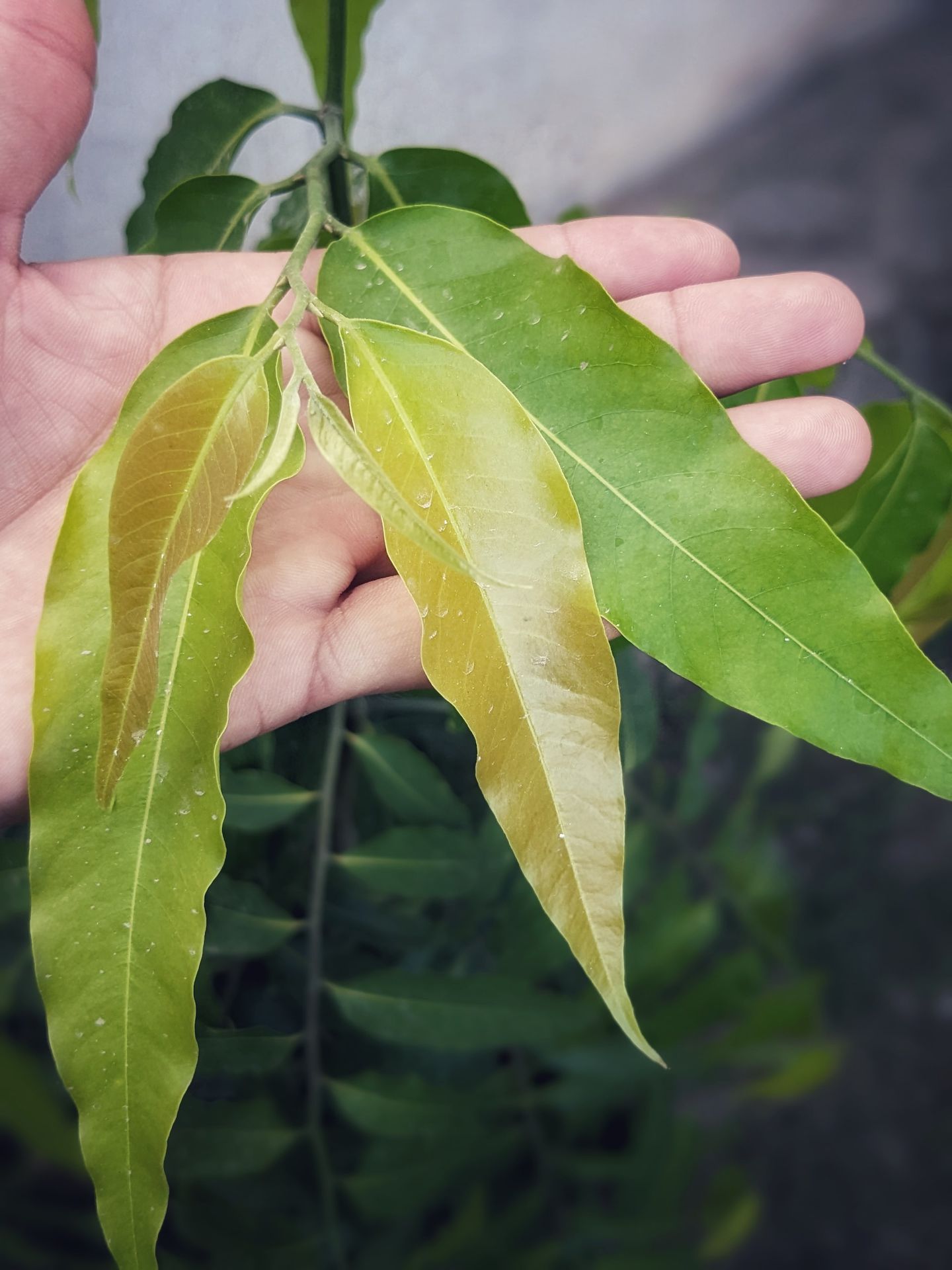
5. Nourishment
Apply a balanced, slow-release fertilizer to trees and shrubs in early spring before the growing season begins. Follow manufacturer's instructions for cost and application method. Add organic matter, such as compost or rotted manure, to the soil around the tree's roots. This will help improve the soil structure, fertility and moisture retention.
6. Issues
Overwatering can cause root rot and other problems; Waterlogging can cause stress and poor growth. Monitor soil moisture and adjust watering accordingly. Mulching can help retain soil moisture and reduce the need for frequent watering. Improper pruning causes slow growth, diseases and other problems. When pruning, use a clean, sharp tool and cut at an angle slightly above where the flowers or branches meet. Do not remove more than 25% of the crown in one pruning. extreme heat, drought and other environmental factors damage the Ashoka tree, making it susceptible to diseases and pests. Provide adequate water, cover and protect from bad weather. Damage to the roots of the tree, such as construction or planting, may affect the health and growth of the tree. Do not disturb the tree's root area and provide appropriate care to encourage root development. Planting trees too deep or in poor soil can cause root rot and other problems. Make sure you plant the tree at the correct depth and in well-drained soil. By addressing these issues and providing proper care, you can help your Ashoka tree grow and stay healthy. Regular maintenance and prompt intervention can also help prevent serious problems.
What are the Benefits of Ashoka Tree ?
The Ashoka tree (Saraca asoca) is revered in many cultures for its beauty, cultural significance, and medicinal potential. Some benefits of Ashoka tree are: Ashoka tree is prized for its beautiful green leaves and orange-yellow flowers. It is usually planted as an ornamental tree in parks, gardens and streets. Various parts of the Ashoka tree, including its bark, leaves and flowers, are used to treat various ailments. It is believed to have anti-inflammatory, analgesic and antipyretic properties. Ashoka trees provide shade and shelter for wildlife and help improve air quality by absorbing and releasing carbon dioxide. The extensive root system of the Ashoka tree helps prevent soil erosion and stabilize the area. The Ashoka tree is often used in religious ceremonies and festivals, and its leaves and flowers are used in garlands and decorations. The Ashoka tree is known for its elegance, ample shade and attractive foliage, making it a popular choice for landscaping and urban greening projects. In general, the Ashoka tree is valued for its beauty, cultural significance and medicinal potential. It plays an important role in the environment and in many cultures and religions.
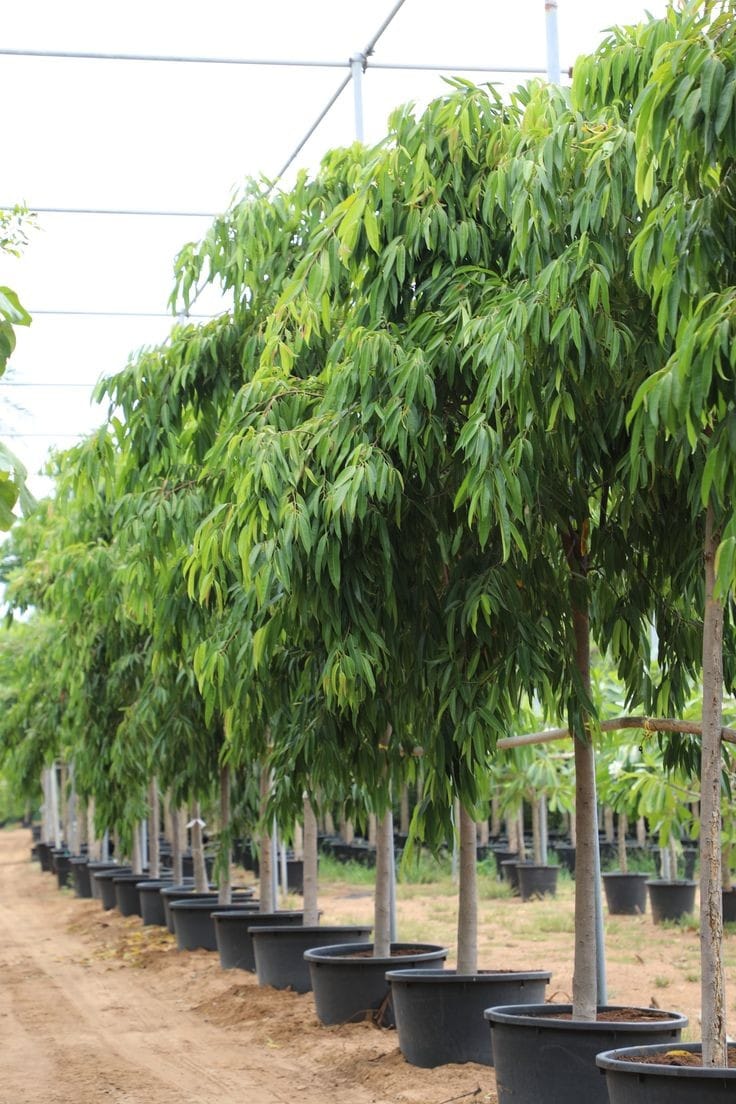
FAQs About Growing Ashoka Tree ?
1. How to care for Ashoka tree ?
Caring for an Ashoka tree (Saraca asoca) requires proper care and attention to keep it healthy and strong. Here are some tips to protect your Ashoka tree: Water the tree regularly, especially during the dry season, so that the soil is always moist but not waterlogged. Deep water encourages root growth. Use a balanced, slow-release fertilizer specifically for trees and plants before the growing season begins in early spring. Follow manufacturer's instructions for cost and application method. Regular pruning helps improve air circulation and sunlight, which promotes healthy growth and reduces disease. Prune away dead or diseased branches, as well as branches that cross or move away from each other.
2. What are the uses of Ashoka tree ?
The Ashoka tree (Saraca asoca) has a long history of traditional medicinal, religious and medicinal uses. Some uses of Ashoka wood are: Various parts of the Ashoka tree, including its bark, leaves and flowers, are used to treat various ailments. It is believed to have anti-inflammatory, analgesic and antipyretic properties. The bark is used to treat stomach ulcers, hemorrhoids and other stomach ailments. Its leaves are used to treat wounds, skin diseases and diabetes. Flowers are used to treat pregnancy and infertility. The Ashoka tree is considered sacred in many cultures and is often planted near temples and other religious sites. Its leaves and flowers are used in religious ceremonies and festivals, and its wood is used in religious works and music production.
3. Can I grow Ashoka tree indoor ?
Ashoka tree (Saraca asoca) is a tropical and perennial tree that generally grows in hot and humid climates. Although the Ashoka tree can be grown indoors, it cannot reach its full potential or produce flowers and seeds indoors. However, if you live in an area with a similar climate to where it is located.
4. Which Pot is best for Ashoka tree ?
When choosing a pot to grow an Ashoka tree (Saraca asoca) indoors, it is important to choose a pot that has enough room for the plant's roots to grow and provides good drainage. There are many points to consider when choosing flowers: Choose a pot large enough to fit the root of the tree. The pot size should be at least 2-3 times the size of the root of the tree. Larger pots allow the plant to grow larger and require more frequent watering. Make sure there is a drain at the bottom of the pot to drain excess water. This prevents water accumulation that can cause root rot and other problems. Choose a pot made of durable material such as plastic, ceramic or clay. In general, the best pot for growing Ashoka tree indoors is one that has enough room for the roots to grow, has good drainage, and is made of durable materials.
5. From where I can buy Ashoka plant ?
Ashoka tree (Saraca asoca) is a beautiful tree and plant found in many parts of the world, especially in India, Nepal and Sri Lanka. If you want to buy an Ashoka tree, you can try the following options: Nursery, Online plant stores, Botanical Garden, Plant Shows and Exhibitions, Local Plant Enthusiasts. When purchasing an Ashoka tree, be sure to choose a reputable seller and ask about the size, health and care of the tree.
